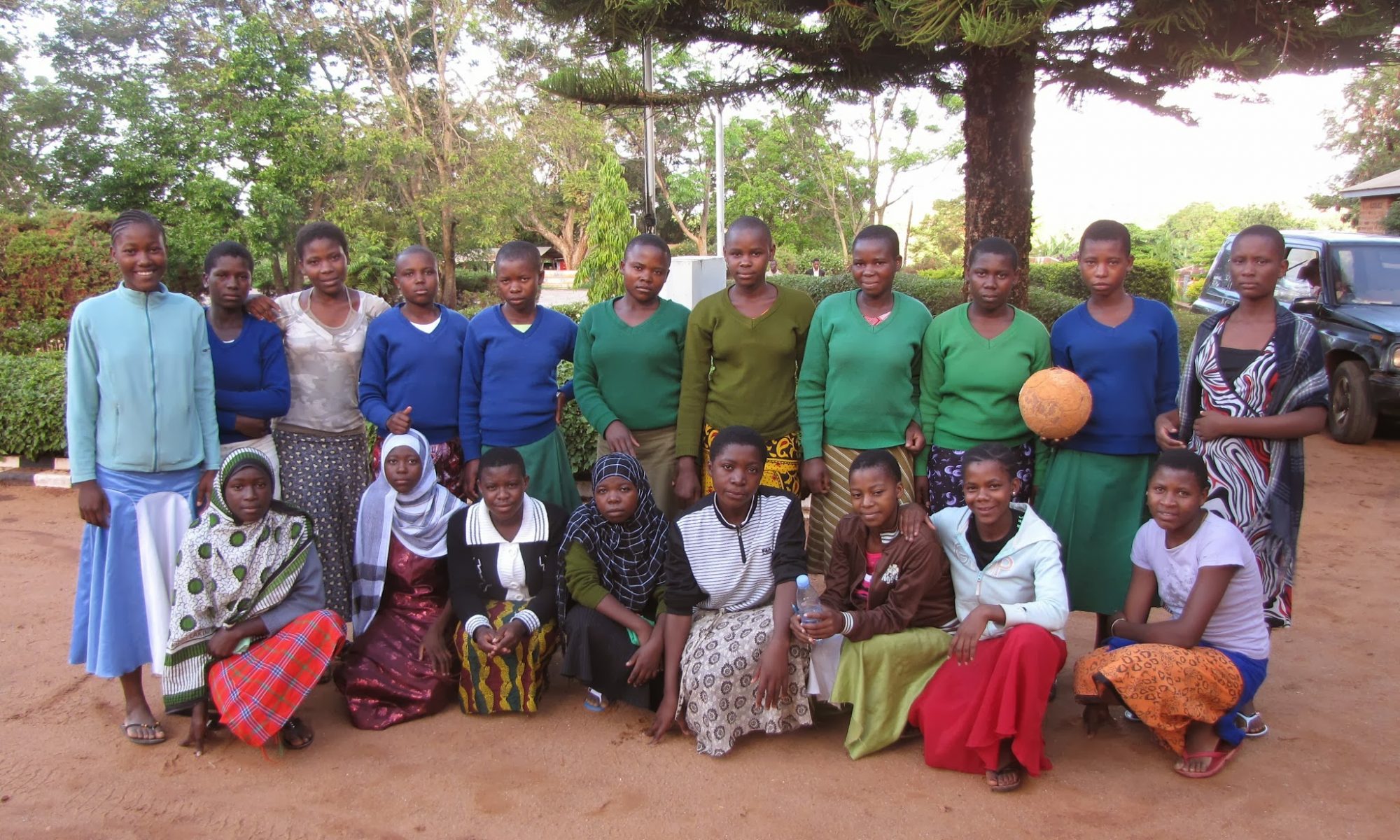Plight of Poor Rural Girls Evidenced in Tanzanian Education Report
Prepared by the Government of Tanzania with support from UNESCO and the World Bank, Tanzania’s most recent Education Sector Analysis (2011) provides a wealth of analytical information meant to “nourish the dialogue between the government and education sector stakeholders, including development partners.” In light of our goal of founding and operating a successful secondary school in Tanzania, this document provides a justification for our decision to target female students from rural locations who but for assistance would lack the financial resources to pursue further education.
Across Tanzania, access to secondary level education continues to be problematic, despite recent gains. In 2009, half of children had access to O-Level secondary school and 23 percent were able to reach the last grade of the cycle, up from just eight percent in 2003. These recent gains are largely attributable to government policy of having a government secondary school in each ward. A-Level secondary school access is still notably low, at just five percent.
Disparities in educational access, retention, and outcomes exist across area of residence (urban/rural), gender, and income. Schooling inequalities are particularly unfair to children from rural areas with a gap in the probability of access of 23 percentage points for O-Level entry. Gender gaps are significant with 95 girls enrolled for every 100 boys in O-Level, dropping to 83 girls for every 100 boys in A-Level, and only 65 women for every 100 men in higher education. Despite these notable inequalities, the single most discriminatory factor in schooling patterns is families’ level of income. These effects are seen as early as primary school despite Tanzania’s fee-free policy where there are 95 students from the poorest quintile enrolled for every 100 students from the wealthiest. Thereafter a precipitous decline leads to 30 of the poorest students for every 100 of the wealthiest students at O-Level, 6 of the poorest students for every 100 wealthy students at A-Level, and 0 of the poorest students for every 100 of the wealthiest at the university level.
These statistics lay bare the educational plight facing the most disadvantaged students standing at the confluence of these three factors: poor rural girls. While 92.5 percent of poor rural girls have access to primary school, only 50% finish. 7% are reckoned to have O-Level access and only 1% complete O-Level, with 0% having A-Level access.
The report concludes that conditions demand affirmative action to enhance girls’ participation in school to ensure gender parity at post-primary levels. Suggestions for improving girls participation in the education system include “awareness raising campaigns to sensitize parents on the value of educating girls beyond primary, and on the negative impact of early marriage and pregnancy on schooling and female health, greater numbers of female teachers and the provision of community-based hostels to avoid girls the long journeys to and from school, addressing security concerns, and scholarships and cash transfers targeting bright girls, reducing direct and opportunity costs.”
TETEA is uniquely positioned to act on these inequalities by implementing policies at its secondary school that make education a reality for the most disenfranchised of Tanzanians. With school goals that make explicit our dedication to providing access to education to girls without financial ability, we will strive to subsidize their education with a financial model in which a majority of students pay full tuition while those without financial ability are awarded scholarships based on merit and demonstrated need with assistance from outside donations. Building on the strengths of a student scholarship program that has identified and funded more than 40 students in need of assistance, we are dedicated to continuing to refine our methods for targeting the most needy of poor rural girls to insure our work is for their benefit.
Tanzanian Education Sector Analysis 2011, Executive Summary:
http://unesdoc.unesco.org/images/0021/002152/215247e.pdf

